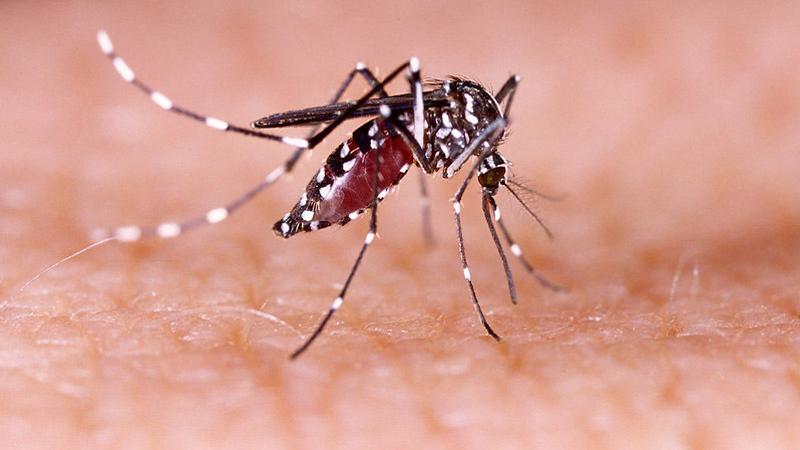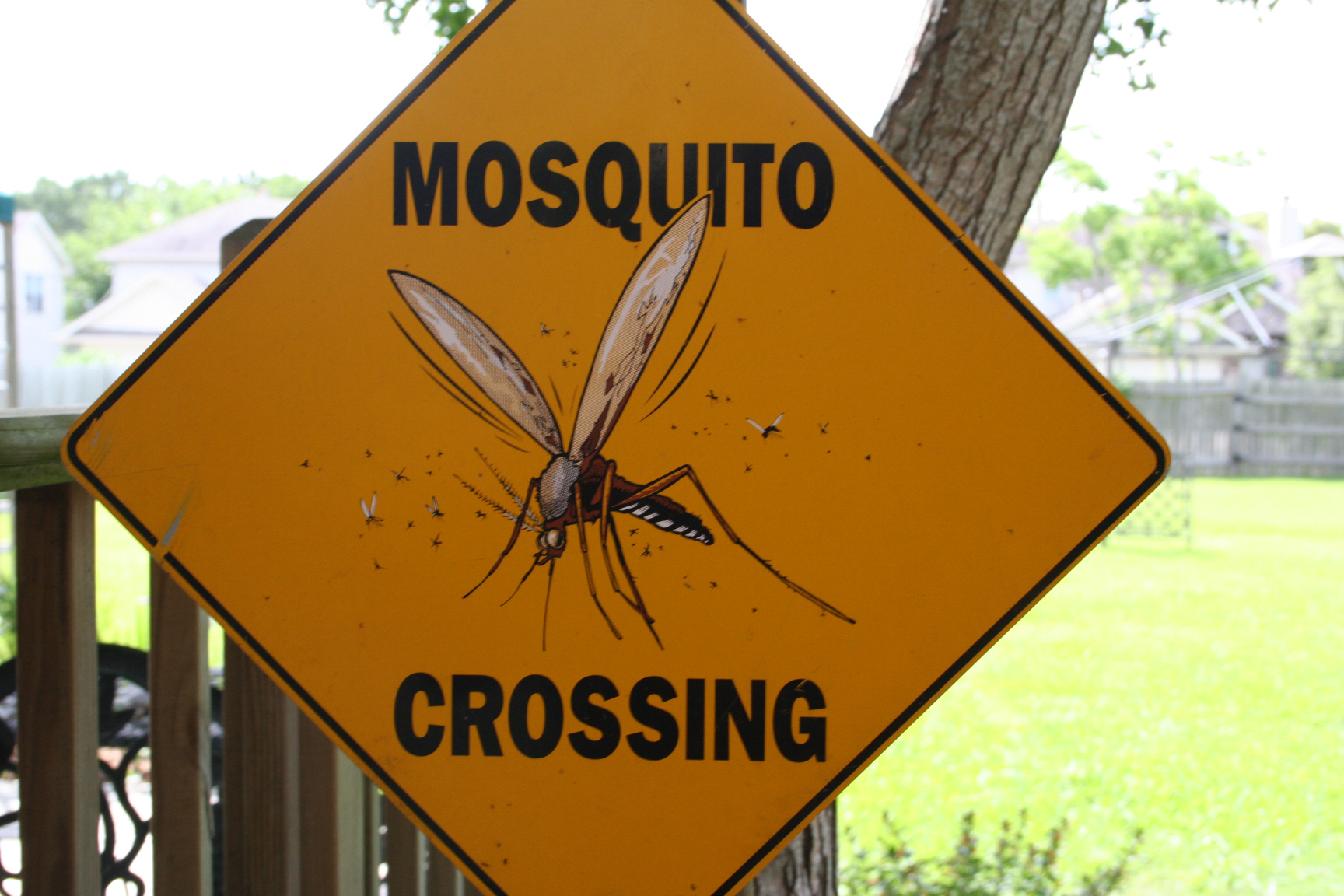
Dengue fever cases in Australia can be predicted four months ahead by noting temperatures and rainfall in Bali, giving public health authorities time to take proactive measures to prevent a local outbreak, a QUT study has found.
- Temperature and rainfall in Bali predict dengue cases in Australia
- Australian holidaymakers to Bali bring home dengue virus - imported cases that do not spread
- Only North Queensland has aedes aegypti which can carry the virus and cause local outbreaks
QUT School of Public Health and Social Work's Professor Wenbiao Hu said the study found that the number of dengue cases in Bali predicted the number of ‘imported, (brought back by infected tourists to Bali), cases in Australia one month later.
“The life cycle of dengue viruses and the growth and survival of dengue mosquitos is inextricably linked with climate,” Professor Hu said.
“Dengue is endemic in Indonesia, the most frequent international travel destination of Australians, and other research suggests most Australian dengue cases are acquired in Bali.
“This study quantified the relationship between Bali and dengue in Australia, and gives new insight into developing a dengue early warning system in Australia.

“By comparing monthly data on dengue and climatic factors in Bali and Jakarta over the past decade with monthly data on imported dengue in Australia, we found that when monthly dengue incidence in Bali is more than 1.05 per 100,000, dengue in Australia starts to increase.
“Dengue in Bali is significantly associated with imported dengue in Queensland, New South Wales, Northern Territory, Tasmania, Victoria and Western Australia at a lag of one month.”
Professor Hu said the study’s finding provided a robust early warning signal for dengue imports into Australia with a “remarkable long lead-time”.
“We found Bali’s mean temperature and rainfall, which are conducive to dengue transmission in Bali, can provide Australian public health authorities with a four-month lead time to take proactive prevention measures against local outbreaks in Australia.
“The mechanisms behind this lead-time include a few weeks between suitable climate and increased mosquito activity and local dengue transmission in Bali, and the incubation time for infections in Australian travellers as well as time to diagnosis in Australia.”

Professor Hu said Queensland had both local and imported dengue cases but local dengue outbreaks were found only in northern Queensland.
“The two mosquito species which are vectors for the dengue virus are predominantly Aedes aegypti, found only in Northern Queensland and also Aedes albopictus, found in Torres Strait,” he said.
“Local outbreaks occur when someone returns to Australia carrying the virus, gets bitten by an A aegypti mosquito which picks up the virus and infects the next person it bites.
“Thus, imported dengue cases in other parts of Australia are acquired overseas but not passed on because the mosquito vector is not in the area.
“By way of example, we noted a cluster of overseas-acquired dengue cases in Herston Brisbane in 2012-2013 but because A Aegypti is not present in Brisbane it did not initiate a local outbreak.”
Professor Hu said that as global surface temperature continued to increase as climate change proceeded, the future temperature-related dengue burden in Bali could change and necessitate changes in mosquito control.
The study Using dengue epidemics and local weather in Bali, Indonesia to predict imported dengue in Australia was published in Environmental Research.
QUT Media contacts:
Niki Widdowson, 07 3138 2999 or n.widdowson@qut.edu.au
After hours: Rose Trapnell, 0407 585 901 or media@qut.edu.au.


